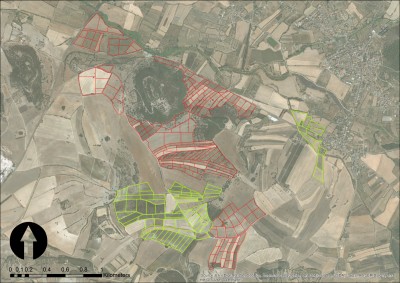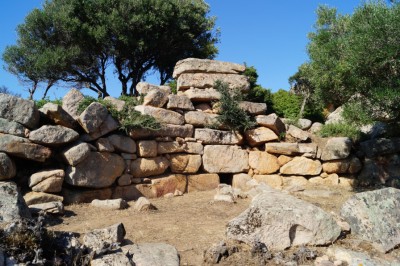
GIAP research team is been invited to test its automatic detection system of ceramic fragments in Sardinia, as an activity of the research project LASS. Hèctor Orengo, supported by Paloma Aliende, from the ICAC’s Graphic Documentation Unit, and the collaboration of the ICAC’s visiting researcher Arnau Garcia, will be in Sardinia from July 7 to 12.
The project LASS, Landscape Archaeology of Southwest Sardinia Project aims to define human-environment interactions from the Neolithic to the Late Bronze Age (ca. 950-720 BC), a period that in the specific case of Sardinia is known as Nuragic and it led to a whole civilization. In particular, we seek to understand how the Nuragic emergence and Late Punic decline of the important central site of Pani Loriga affected rural organization and systems of extraction sensu lato.

The LASS project makes a multi-disciplinary approach and uses different methodologies (surface survey, geospatial analysis, diachronic site-level documentation…) and different study cases (Neolithic mortuary sites, mining sites, pottery…). The study area, however, focuses on the low hills and small valleys between the Sulcis Mountains and the Gulf of Sant’Antioco (a patchwork landscape of schist, granites, and karst, possessing fertile valleys as well as varied mineral resources), in the southwest of Sardinia.
The project is an initiative of the University of Padova (Italy), the Department of Cultural Heritage and Activities (Italian Government), the Archaeological Area Pani Loriga and the Florida State University (USA).
Orengo y el ICAC have been involved to the project due to Orengo’s work on artificial intelligence to settlements detection. ICAC’s crew will also take the opportunity to test a new differential GPS that GIAP has recently acquired.





